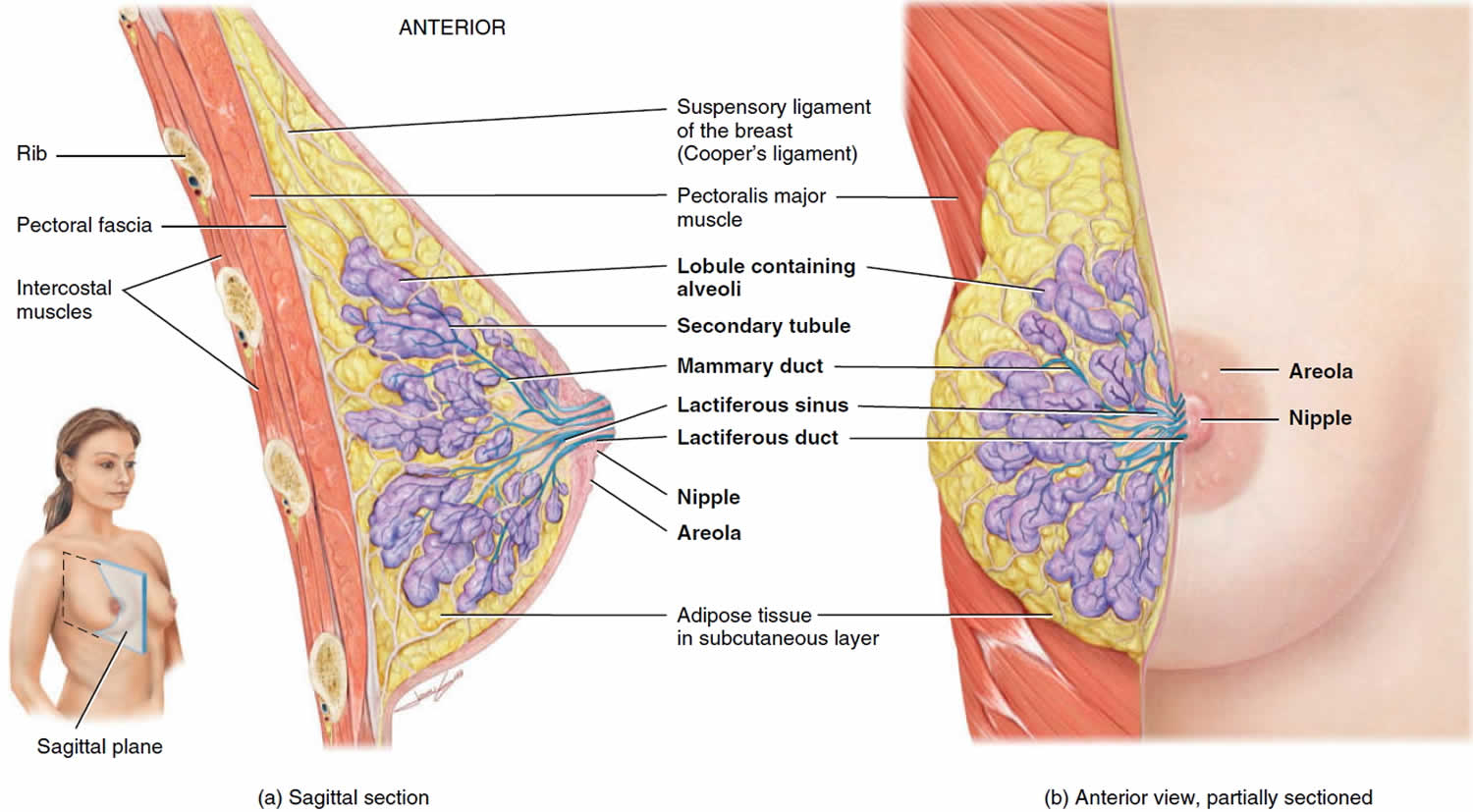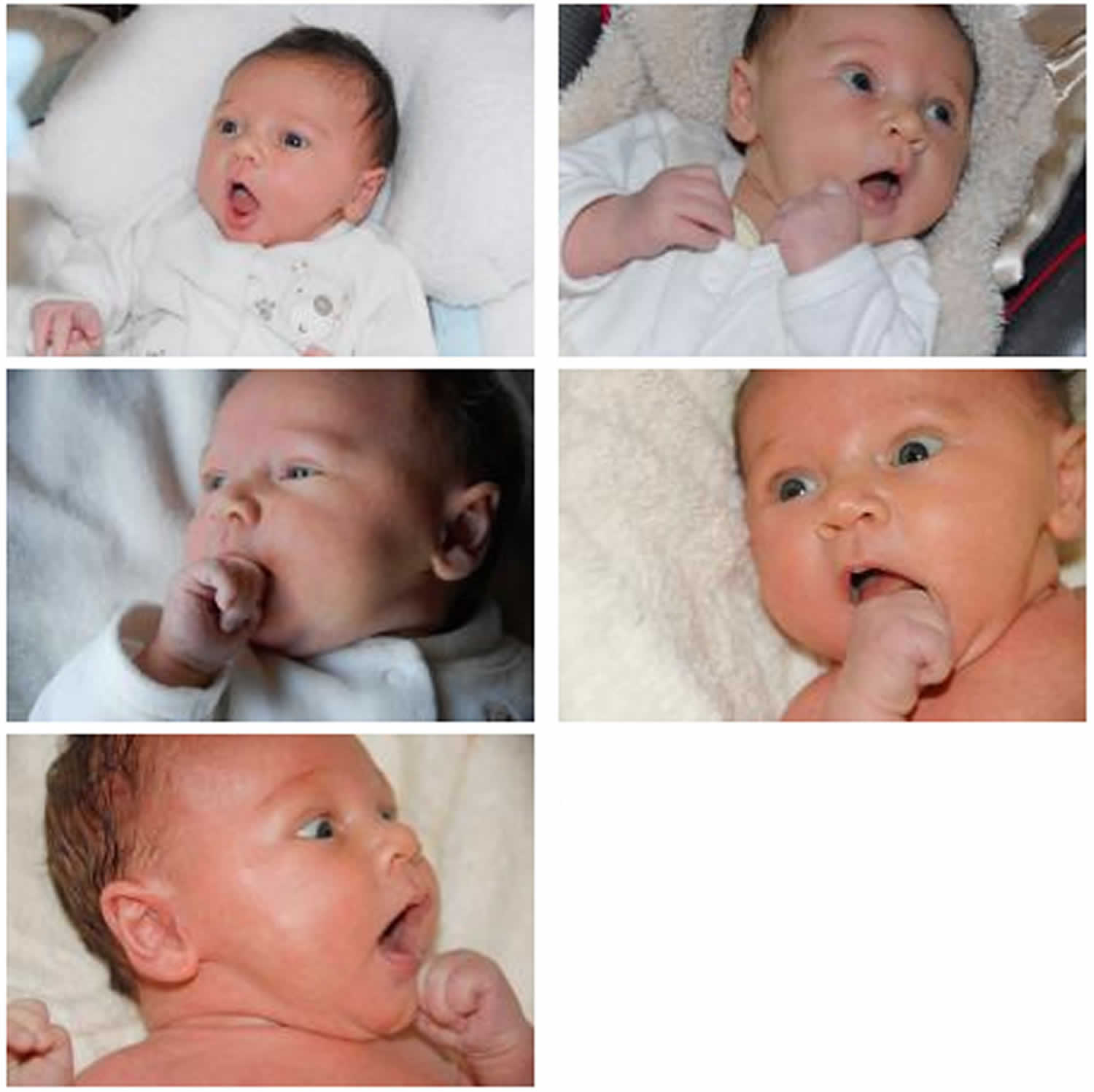Contents
What to do if your baby falls asleep while nursing
Most women can start breastfeeding within 1 hour after giving birth. Most babies have a strong need to suck when they are first born, so if you are both well you can start straight away. Nurses and lactation consultants can help you get started. However, if your baby falls asleep while breastfeeding, you may be worried about if he’s getting enough milk.
Your breasts make milk in response to your baby’s sucking. The more milk your baby takes, the more milk you make.
You are more likely to establish a good supply of milk if you:
- Breastfeed frequently, whenever your baby fusses or seems hungry.
- Let baby finish the first breast. You will know this because the baby will stop sucking and swallowing and will let go of the breast. Then offer the second breast.
- Breastfeed your baby at night. This also helps prevent your breasts becoming too full and uncomfortable.
- Many young babies feed between 8-12 times in 24 hours.
- Avoid giving complementary bottles (‘comps’) unless medically necessary, as these will reduce your baby’s needs to suck at the breast and so reduce your supply.
You know your baby is getting enough breast milk if she:
- Is breastfeeding well and frequently
- Has plenty of pale, wet nappies (at least 5 disposable or 6 cloth nappies in 24 hours)
- Has 3 or more soft bowel motions a day (babies older than around 6 weeks may have less than this)
- Is gaining weight and has some periods in which she seems reasonably alert, active and happy.
Figure 1. Female breast
How breastfeeding works
During pregnancy your breasts change and develop to be ready to make milk for your baby. Milk is there even when your baby is born prematurely. The amount usually increases greatly a few days after birth (the milk comes in). The first milk in the breasts after the birth and, often before, is called colostrum. This thick, yellowish milk is more concentrated than mature milk. It is rich in protein and antibodies that help to protect your baby from illness. Your baby only needs a small amount of food in the first few days after birth. The amount of colostrum in your breasts is enough to meet his needs. Mature breastmilk, which is thin and bluish-white in appearance, gradually replaces colostrum over this time.
When he sucks at the breast, your baby stimulates tiny nerves in the nipple. This causes the release of hormones into your bloodstream. One of the hormones (prolactin) activates the milk-making tissues. The other hormone (oxytocin) causes the breast to push out or let down the milk (let-down reflex).
How do I know if my baby is getting enough breastmilk?
If your baby shows the following signs then it is likely that you do have enough breast milk.
- At least 6 very wet cloth nappies or at least 5 very wet disposable nappies in 24 hours. The urine should be odorless and clear/very pale in color. Strong, dark urine suggest that the baby needs more breastmilk and you should seek medical advice.
- A very young baby will usually have 3 or more soft or runny bowel movements each day for several weeks. An older baby is likely to have fewer bowel movements than this. Formed bowel motions suggest that the baby needs more breastmilk and you should seek medical advice.
- Good skin color and muscle tone. Does she look like she fits her skin? If you gently ‘pinch’ her skin, it should spring back into place.
- Your baby is alert and reasonably contented and does not want to feed constantly. It is however normal for babies to have times when they feed more frequently. It is also normal for babies to wake for night feeds. Some babies sleep through the night at an early age while others wake during the night for some time.
- Some weight gain and growth in length and head circumference.
A newborn’s nappies
Wide variation exists in what is seen in a newborn’s nappies. The following gives a general guide as to what might be seen.
The first bowel motions a baby has are black and sticky. This is from the meconium present in the baby’s digestive tract before birth. By day 2, the bowel motions should be softer but still dark in color. Over the next few days, the bowel motions change to a greenish-brown and then to a mustard-yellow. As the color changes they become less sticky and larger in volume.
A baby should have at least 1 wet nappy on day one, at least 2 on day two, at least 3 on day three, at least 4 on day four and at least 5 on day five. From day 5 onwards, the information above is relevant.
Over the first few days, salts of uric acid in your baby’s urine may leave a rusty, orange-red stain on the nappy. This is normal during this time. If you see this after day 4, consult a doctor.
How to make more breast milk
Demand = Supply
More frequent feeding means more milk:
- Feed your baby more often than usual.
- Check that baby is well positioned at the breast.
- Allow the baby to decide the length of a feed.
To build your breast milk supply, the following ideas may help:
- Provided that your baby is correctly attached, you will find that the quickest and most successful way to boost your supply is to breastfeed more often. Offer a breastfeed every 2–3 hours during the day, for a few days, or increase the number of feeds by offering the breast in between your baby’s usual breastfeeds.
- Here is an easy way to do this. If your baby does not settle after a feed, try offering another quick little ‘top up’ breastfeed. Those few minutes of extra feeding and cuddling may be all that is needed to soothe and satisfy him.
- Let your baby finish the first breast before switching to the second breast.
- Or, you may find it helps to change sides several times during a feed, whenever your baby’s sucking seems to become less strong. Some people find that this encourages the baby to suck more strongly and stimulates a good let-down reflex.
- You can also try massaging your breast. Stroke it towards the nipple on all sides as your baby feeds. Take care not to disturb the nipple in your baby’s mouth.
- If your baby is awake you can offer little ‘snack’ feeds without waiting for baby to cry for them.
- You can try offering the breast to soothe your baby for a few days, instead of other comforting strategies (eg a dummy).
- You may find that your baby has fussy periods when he wants to breastfeed more frequently.
- Although they vary greatly, many new babies need 8–12 or more feeds in 24 hours. Babies generally feed less often as they get older. Babies also generally feed more efficiently as they get older.
- To increase your supply, you will need to fit in more feeds than is usual for YOUR BABY. Feeds do not need to be very long, just more often. In each 24 hours some feeds may be only 5–10 minutes long, others may be 30 minutes or longer, particularly when baby feeds to sleep slowly and contentedly.
- Help your milk to let-down quickly. Relax and enjoy feed times. Try to remove distractions (turn your phone off, put a ‘do not disturb’ sign on your door), then settle with baby into a comfortable chair. Breathe deeply, relaxing each part of your body separately as you may have learned to do at antenatal classes. Have a drink on hand, a book or a magazine, listen to the radio or watch TV. For more ideas, see the let-down reflex article on this website.
- Babies vary greatly in the amount of sucking they seem to need. There is no need to worry if your baby is contented with a fairly short feed. Some babies however love to continue sucking long after the flow of milk has dwindled to a trickle. This is fine too. Your baby will let you know how long his feeds need to be.
- A baby who is well attached and positioned is more able to drain the breast well.
Do I need to wake my baby for feeds?
Newborns have tiny tummies and so need to feed frequently. For example, the Academy of Breastfeeding Medicine supplementation protocol 1) reports that the average intakes of colostrum per feed by healthy, term breastfed is 2-10 mL on day 1, 5-15 mL on day 2, 15-30 mL on day 3 and 30-60 mL on day 4. Feeding frequently in the early days and weeks helps make sure you have a good milk supply.
Because breastmilk is easily digested, it is common for breastfed babies to feed 8–12 times in a 24-hour period. This usually means that your baby will breastfeed on average every 2–3 hours around the clock (day and night), with possibly one longer stretch (eg up to about 5 hours) between feeds somewhere in a 24-hour period. The length of time between feeds can vary greatly from baby to baby. The time between feeds is from the beginning of the last feed, not the end. Newborns also tend to have periods each day where they feed very frequently for a few hours (cluster feeds). Often these cluster feeding periods are followed by a longer stretch of sleep.
In most cases, healthy, thriving newborns will wake of their own accord for feeds and so get all the milk they need. Feeding your baby when he is showing early feeding cues can help him to feed better.
However, there are some reasons why a newborn may be extra sleepy. It may be necessary to wake the baby for feeds to ensure he gets the milk he needs. Some of the reasons are medical (eg jaundice, infection, heart problem), or perhaps medications for pain relief used during the birth are still affecting the baby. It is important to be guided by your medical adviser in these situations.
Feeding cues can be hard to pick in a sleepy baby so it is important to keep your baby close to you so you can learn.
There are many ways to tell if your baby is getting enough milk. See the article ‘Low supply’ for further information.
If you need to wake your baby for feeds, here are some tips:
- Change your baby’s nappy.
- Breastfeed in a different position eg some mothers find the underarm helps keep the baby awake.
- Undress your baby down to his nappy and place him on your chest with as much skin-to-skin contact between you and him as possible.
- Give your baby a warm bath.
- Talk to him and make eye contact.
- Place your baby on your lap with his legs near your tummy and head on your knees. Gently support your baby, raise him into a sitting position, like doing a ‘sit-up’. Repeat a few times.
- Gently massage his back in circular motions.
- Stroke his feet and hands.
Babies can breastfeed even when not fully awake. Once your baby is feeding, some of the ideas above can be used to keep him awake and feeding. In addition, it can help to switch breasts each time your baby slows in his sucking and starts to doze off. Take him off, burp him and wake him again to start on the other side. He can have each side more than once if he stays awake.
It can also be helpful to use breast compressions — ie squeeze your breast while he is sucking at the breast but is not swallowing milk. Breast compressions increase the flow of breastmilk which helps encourage the baby to suck and swallow, and thus get more milk.
Even if you have a sleepy newborn who needs waking for feeds in the early weeks, this will change. Soon enough you will be able to relax and let your baby set his own individual feeding pattern.
What about night feeds?
New babies wake at night from hunger and need to be breastfed. This also helps your milk supply. Some babies sleep through the night quite early while others take much longer to do so. Breastfeeding is a quick and easy way to soothe and settle your baby.
Baby hunger cues
Babies instinctively let you know when she/he needs to be fed. Your baby’s body language can tell you how he’s feeling and what he needs from you. All babies give cues to how they’re feeling and what they need from you. But each baby develops her own mix of signs to tell you what she wants. Eventually you’ll get to know your baby’s individual cues and what they tell you about your baby’s feelings.
And as you and your baby get to know each other, you’ll figure out the best way to respond to your baby’s individual cues too. For example, your grizzling baby might look relaxed when you smile at him, or he might seem to like it better when you sing and talk to him. This helps you know how to respond the next time he grizzles.
Your baby’s body language gives you important cues about whether she’s:
- tired
- hungry
- wide awake and ready to play
- needing a break.
Newborns need to feed every 2-3 hours. Here are signs your baby might be hungry:
- Bringing his hands to his face.
- Rooting (looking for the nipple with his mouth)
- Making sucking motions and noises.
- Turn towards your breast
- Sucking on his fingers or putting his fist in his mouth.
- Flexing his hands, arms and/or legs.
- Breathing fast.
You can start to look for these cues every 1-2 hours in newborns or every 3-4 hours for an older baby.
When you notice your baby’s body language and respond to it, he feels safe and secure. This helps you to build a strong relationship with your baby. And a strong relationship with you and other main caregivers is vital to your baby’s development.
Watch the video to see what hunger cues look like in real babies.
Figure 1. Baby feeding cues
References [ + ]







